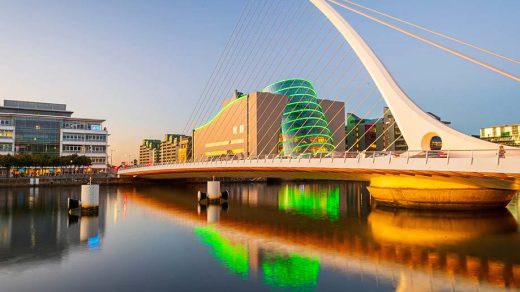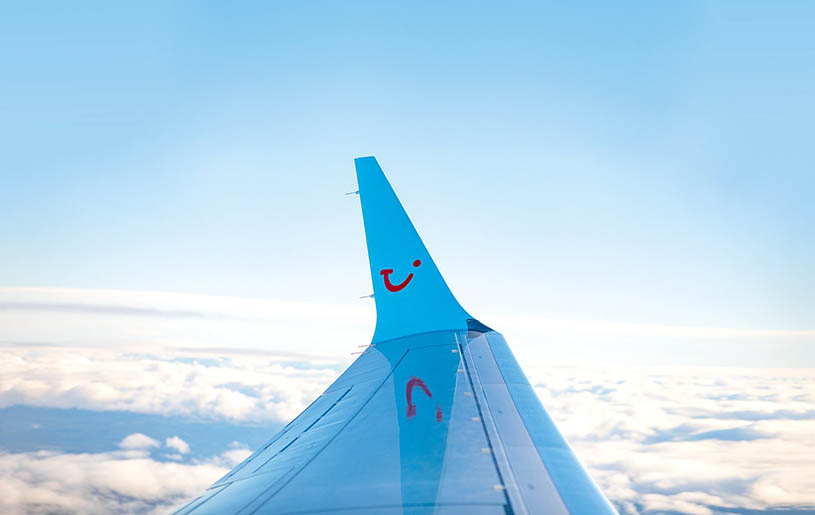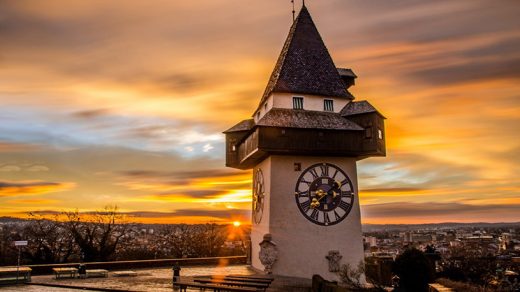I recently had the incredible opportunity to visit the iconic Yellowstone National Park. Known as the world’s first national park, Yellowstone is celebrated for its breathtaking geothermal features, diverse wildlife, and awe-inspiring landscapes. In August, when summer is at its peak, the park reveals its most captivating beauty, making it one of the best times of the year to visit. To help you make the most of your trip, I’m sharing some practical advice on how to plan your visit, including itinerary suggestions, transportation options, ticket information, and the best time to explore this natural wonder.
How Many Days Should You Spend in Yellowstone National Park?
Yellowstone National Park is vast, covering nearly 9,000 square kilometers, making it one of the largest national parks in the United States. The park is home to a rich variety of natural attractions, including geysers, hot springs, canyons, waterfalls, and expansive meadows and forests. Given the sheer size and diversity of the park, I recommend dedicating at least 4 to 5 days to fully experience its highlights.
- Day 1: Arrive at Yellowstone and head to Yellowstone Lake and the West Thumb Geyser Basin. The crystal-clear waters of the lake and the vibrant geysers make this one of the most picturesque areas in the park.
- Day 2: Explore the Upper Geyser Basin and Old Faithful. The Upper Geyser Basin boasts the highest concentration of geysers in the world, and the timely eruptions of Old Faithful are a must-see.
- Day 3: Visit the Grand Prismatic Spring and the Norris Geyser Basin. The Grand Prismatic Spring, with its stunning rainbow colors, is one of Yellowstone’s most iconic sights. Norris Geyser Basin, the park’s most active geothermal area, is also worth a thorough exploration.
- Day 4: Tour the Yellowstone River Canyon and the Yellowstone Falls, followed by a visit to Hayden Valley. The breathtaking views of the canyon and falls are unforgettable, and Hayden Valley is perfect for wildlife watching.
- Day 5: Conclude your trip with a visit to Mammoth Hot Springs and its surrounding trails. The unique travertine terraces here offer a serene and beautiful end to your Yellowstone adventure.
If time is limited, you can condense your itinerary, but I strongly recommend allocating at least three days to cover Yellowstone’s main attractions.
How to Get to Yellowstone National Park?
YelTo reach Yellowstone National Park, which lies at the intersection of Wyoming, Montana, and Idaho, travelers have several transportation options. Given the park’s vast size and remote location, selecting the right mode of transport is crucial for a smooth and enjoyable visit. Below is a more detailed guide on how to get to Yellowstone:
1. Driving to Yellowstone National Park
Driving is one of the most popular and convenient ways to explore Yellowstone. Not only does it provide flexibility in terms of schedule and stops, but it also allows you to take in the stunning scenery along the way. The park has five main entrances, each offering unique access points to different parts of Yellowstone:
- West Entrance: The West Entrance is the most frequently used, located near the town of West Yellowstone, Montana. This entrance is ideal for those coming from Bozeman, Montana, or Idaho Falls, Idaho. It provides quick access to major attractions like Old Faithful and the Lower Geyser Basin.
- South Entrance: The South Entrance connects Yellowstone with Grand Teton National Park, making it a perfect route for travelers coming from Jackson Hole, Wyoming. This entrance is particularly scenic, with breathtaking views of the Teton Range and Jackson Lake along the way.
- East Entrance: The East Entrance is accessible from Cody, Wyoming, and offers a less crowded but equally picturesque route into the park. This entrance brings you close to Yellowstone Lake and the Fishing Bridge area.
- Northeast Entrance: Known for its proximity to the Lamar Valley, famous for wildlife sightings, the Northeast Entrance is the gateway for visitors traveling from Billings, Montana, or the Beartooth Highway. This route is especially favored by those interested in wildlife photography.
- North Entrance: The North Entrance, located near Gardiner, Montana, is the only entrance open year-round. It’s a great choice for those coming from Bozeman or those who wish to visit Mammoth Hot Springs as their first stop.
For those traveling from major cities:
- Salt Lake City, Utah: The drive from Salt Lake City to the West Entrance takes about 5 hours. Along the way, you’ll pass through stunning landscapes, including the Wasatch Mountains and Idaho’s vast plains.
- Denver, Colorado: The journey from Denver to the park’s South Entrance spans approximately 9 hours. This route offers a chance to explore the scenic wonders of northern Colorado and western Wyoming.
2. Flying to Yellowstone National Park
For those who prefer to fly, several airports serve as gateways to Yellowstone. The most convenient options are:
- Bozeman Yellowstone International Airport (BZN): Located approximately 90 miles from Yellowstone’s North Entrance, Bozeman Airport is the most popular choice for visitors flying in. With a range of flight options from major U.S. cities, this airport provides the quickest access to the park. From Bozeman, the drive to Gardiner, Montana, takes about 1.5 hours, offering a scenic route through the Gallatin Valley and Paradise Valley.
- Jackson Hole Airport (JAC): Situated within Grand Teton National Park, Jackson Hole Airport is about 60 miles from Yellowstone’s South Entrance. The drive from Jackson to the South Entrance is incredibly scenic, passing through the stunning landscapes of Grand Teton National Park. This option is ideal for those planning to explore both parks in one trip.
- Idaho Falls Regional Airport (IDA): Located about 110 miles from the West Entrance, Idaho Falls Airport is another convenient option. The drive from Idaho Falls to West Yellowstone takes around 2 hours and offers a mix of open plains and forested areas.
- Salt Lake City International Airport (SLC): Although farther from the park, Salt Lake City Airport is a major hub with more flight options. The drive from Salt Lake City to Yellowstone takes around 4.5 to 5 hours. This route is perfect for those who want to experience the beauty of Utah, Idaho, and Wyoming on their way to the park.
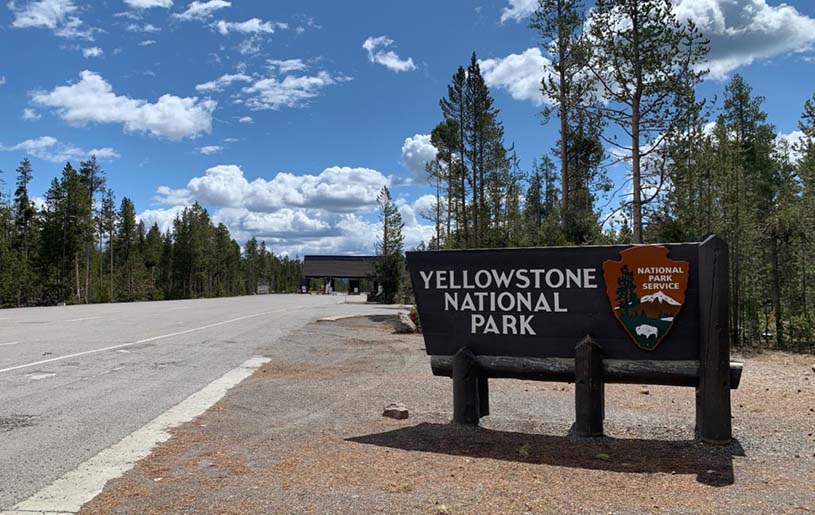
3. Public Transportation and Guided Tours
While driving is the most convenient way to explore Yellowstone, there are some public transportation options for those who prefer not to drive:
Guided Tours: For travelers who prefer a hassle-free experience, joining a guided tour is a great option. Many tour operators offer multi-day trips that include transportation, accommodations, and guided exploration of the park’s highlights. This option is especially convenient for those who want to focus on sightseeing without the stress of driving or navigating the park’s vast road network.
4. Planning Your Route and Timing
Regardless of how you choose to get to Yellowstone, planning your route and timing in advance is essential. During peak summer months, especially in August, traffic can be heavy, and some entrances may have long wait times. To avoid delays, consider entering the park early in the morning or later in the afternoon. Additionally, weather conditions in Yellowstone can change rapidly, even in summer, so it’s wise to check the weather forecast and road conditions before you set out.
Reaching Yellowstone National Park can be an adventure in itself, with multiple transportation options catering to different preferences. Whether you choose to drive through picturesque landscapes, fly into a nearby airport, or join a guided tour, planning ahead ensures that your journey to Yellowstone is as smooth and enjoyable as your time exploring the park’s wonders.
How Much Are Tickets to Yellowstone National Park?
Yellowstone’s entrance fees are reasonable, considering the incredible experiences the park offers. Here’s a breakdown of the current ticket prices:
- Motorcycle: If you’re a motorcyclist or cyclist, a single motorcycle pass costs $30, allowing you and your vehicle to explore the park for seven consecutive days.
- Private Vehicle: For those driving a car, the entrance fee is $35 per vehicle, regardless of the number of passengers, and is also valid for seven days.
- Pedestrian/Bicyclist: For those entering the park on foot or by bicycle, the entrance fee is $20 per person.
- Annual Pass: If you plan to visit Yellowstone multiple times or explore other national parks, consider purchasing the America the Beautiful Annual Pass. For $80, it grants you unlimited access to Yellowstone and all other national parks in the U.S. for an entire year.
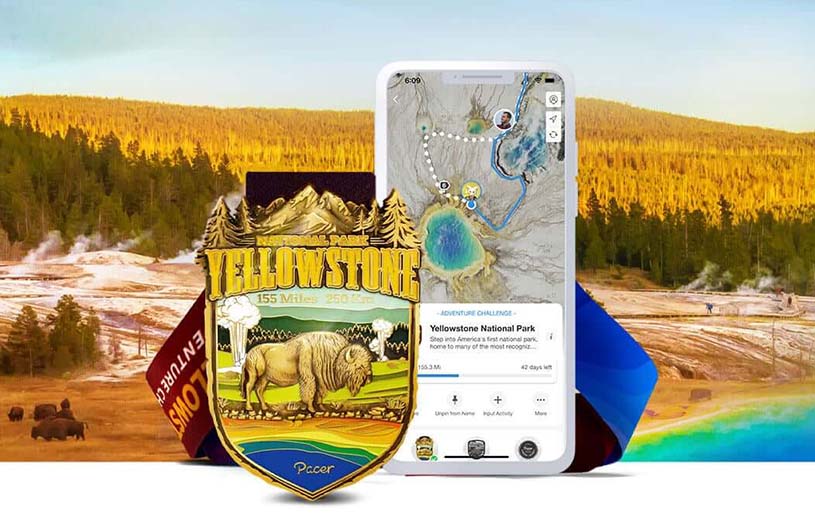
Tickets can be purchased at any of the park’s entrances or online in advance, which can save time during peak visiting hours. It’s worth noting that entrance fees are charged per vehicle, not per person, making it more cost-effective for families or small groups traveling together.
When Is the Best Time to Visit Yellowstone National Park?
While Yellowstone is a year-round destination, each season offers a unique experience. However, August stands out as one of the best times to visit. During this peak summer month, the weather is warm and inviting, with average temperatures ranging from 50°F to 77°F (10°C to 25°C), making it ideal for outdoor activities. Additionally, August sees less rainfall, and the long daylight hours provide ample time to explore the park’s many attractions.
- Summer (June to August): Summer is Yellowstone’s busiest season, with all attractions and facilities open. Wildlife is particularly active, making it a prime time for spotting bison, elk, and even grizzly bears in Hayden Valley and Lamar Valley.
- Fall (September to October): Fall transforms Yellowstone into a canvas of vibrant colors, with fewer crowds and cooler weather. This season is perfect for those seeking a quieter experience.
- Winter (November to March): Winter blankets Yellowstone in snow, turning it into a serene wonderland. While some roads close, you can still explore the park via snowmobile or snowshoe, offering a unique winter adventure.
- Spring (April to May): Spring brings new life to Yellowstone as snow melts and waterfalls surge. It’s also a great time to see baby animals and blooming wildflowers.
In summary, August is ideal for visiting Yellowstone due to its pleasant climate and abundant wildlife activity. However, regardless of when you visit, Yellowstone’s natural beauty is sure to leave a lasting impression.
Yellowstone National Park is truly a destination like no other, offering a wealth of natural wonders that captivate and inspire. From its spectacular geysers and towering waterfalls to its vast meadows and diverse wildlife, Yellowstone has something for every nature lover and adventure seeker. By carefully planning your visit, choosing the right transportation, and understanding the park’s ticketing options, you can maximize your experience and enjoy a memorable trip to one of the world’s most extraordinary places. I hope these practical tips help you prepare for a fulfilling and enjoyable journey to Yellowstone, where you can connect with nature and create lasting memories in this breathtaking wilderness.
